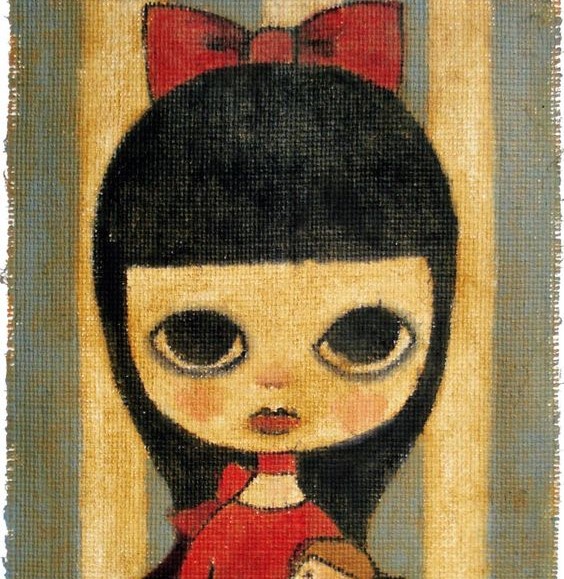Development of emotions
Cards (16)
- EmotionsSubjective reactions to the environment
- Transient states
- Baby isn’t always afraid
- Correspond to distinct internal feelings
- “I’m scared now!”
- Correspond to cognitive processes
- “Yikes!”
- Correspond to physiological processes • Increased heart rate
- Genetic-maturational view
- Hypothesis: Emotions are the product of biological factors •
- Evidence:
- Individual differences in temperament
- Twin studies: Emotional expression of identical twins more similar than fraternal twins (e.g., how early they start smiling, how much they smile)
- Learning theory
- Hypothesis: Child’s particular fears depends on what they have learned
- Evidence
- Different emotions have different ages of onset, frequencies, intensities in different children
- These vary based on the nature of the rearing environment
- Parents can encourage and discourage certain emotions through either rewarding or punishing their expression (operant conditioning)
- Functionalist Approach
- Hypothesis:
- Emotions help us to achieve our goals
- Emotions will influence the baby’s actions • Emotions will likely also influence the caregiver’s actions
- Communication = signaling information to others
- Primary emotions
- Emergence of emotionsWhy do emotions emerge in the order that they do?
- Ontogeny mirrors phylogeny
- Infant emotional responding is ordered similarly to the order of evolution of these emotions
- Complex emotions emerge later
- Emergence of Emotions
- Complex emotionsGuilt
- Leads us to try to reduce guilt
- Somewhat culturally specific
Embarrassment- Can be induced in children as young as 2
- Emergence of this emotion is related to self-understanding
Machiavellian emotions- Manipulative emotions – expressed, but not felt
- Recognising Others’ EmotionsResponse to emotions emerges early
- 4-month-olds track emotions
- 5-month-olds are sensitive to the emotions of speakers of their non-native language
- 7-month-olds track emotion in speech intonation
Negativity bias- Infants have greater responses to negative emotions
- Emotional feedback loopsEmotional contagion:
- Experiencing an emotion can cause the experiencer to feel that emotion
- Emerges by 6 months
- Could be a form of emotional imitation
- Could arise as a result of mirror neurons
- Emotional Regulation
- Influencing (and moderating) emotions
Situation modification- Change the situation → emotion changes
Attentional deployment- Change the thoughts → emotion changes
Response modification- Change the response → emotion changes
- – (mediation?)
- Temperament and PersonalityTemperament
- Tendency toward particular emotional and behavioral responses to specific situations or contexts
- Used to describe infants
Personality- Temperament + creativity + intelligence + other factors
- Used to describe older children and adults
- Trait Approaches to TemperamentEmphasis on biological factors
- What is the heritability of behavior patterns?
Three main categories:- Emotionality
- Activity level
- Sociability
- Early Studies of TemperamentNew York Longitudinal Study
- Interviews with mothers about infants’ activities and routine
Developed a scale of nine dimensions- Activity level, approach/withdrawal, adaptability, mood, responsiveness, reactivity, distractibility, rhythmicity, attention span/persistence
- Classified babies as ‘easy’ (40%), ‘difficult’ (10%), ‘slow to warm up’ (15%), and ‘average’ (35%)
- These classifications had some predictive power
- Temperament Predicting PersonalityInfluenced by ‘goodness of fit’ between child and environment
- Family influences on emotional development
- Parents’ patterns of emotional expression serve as models for child’s emotional expressiveness
- Parents’ and siblings’ specific reactions to children’s emotions encourage or discourage certain patterns of emotional responsiveness
- Parents can act as emotional coaches by talking about emotions, and exploring their child’s understanding of their own and others’ emotional responses
- Not just parents, but also siblings and peers
